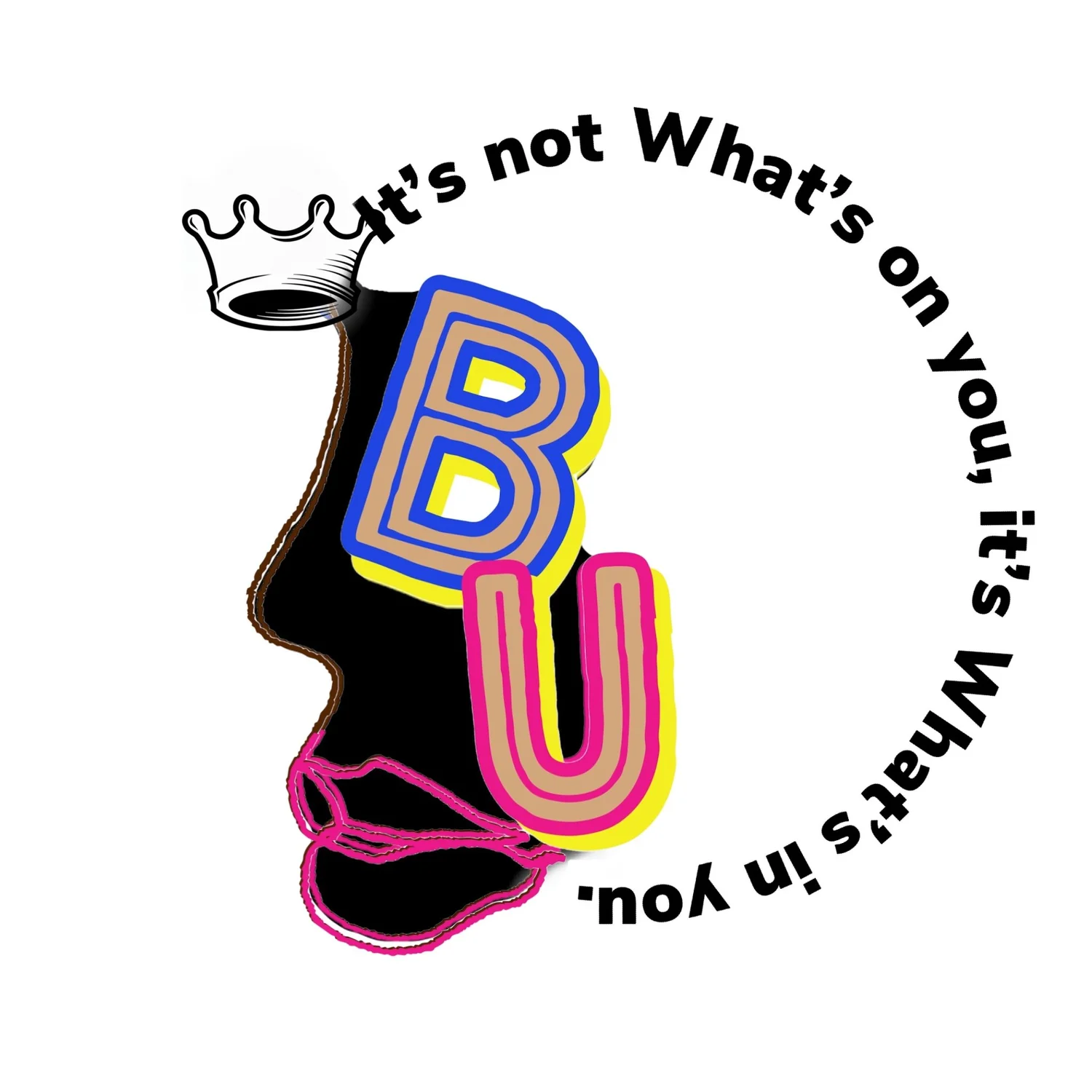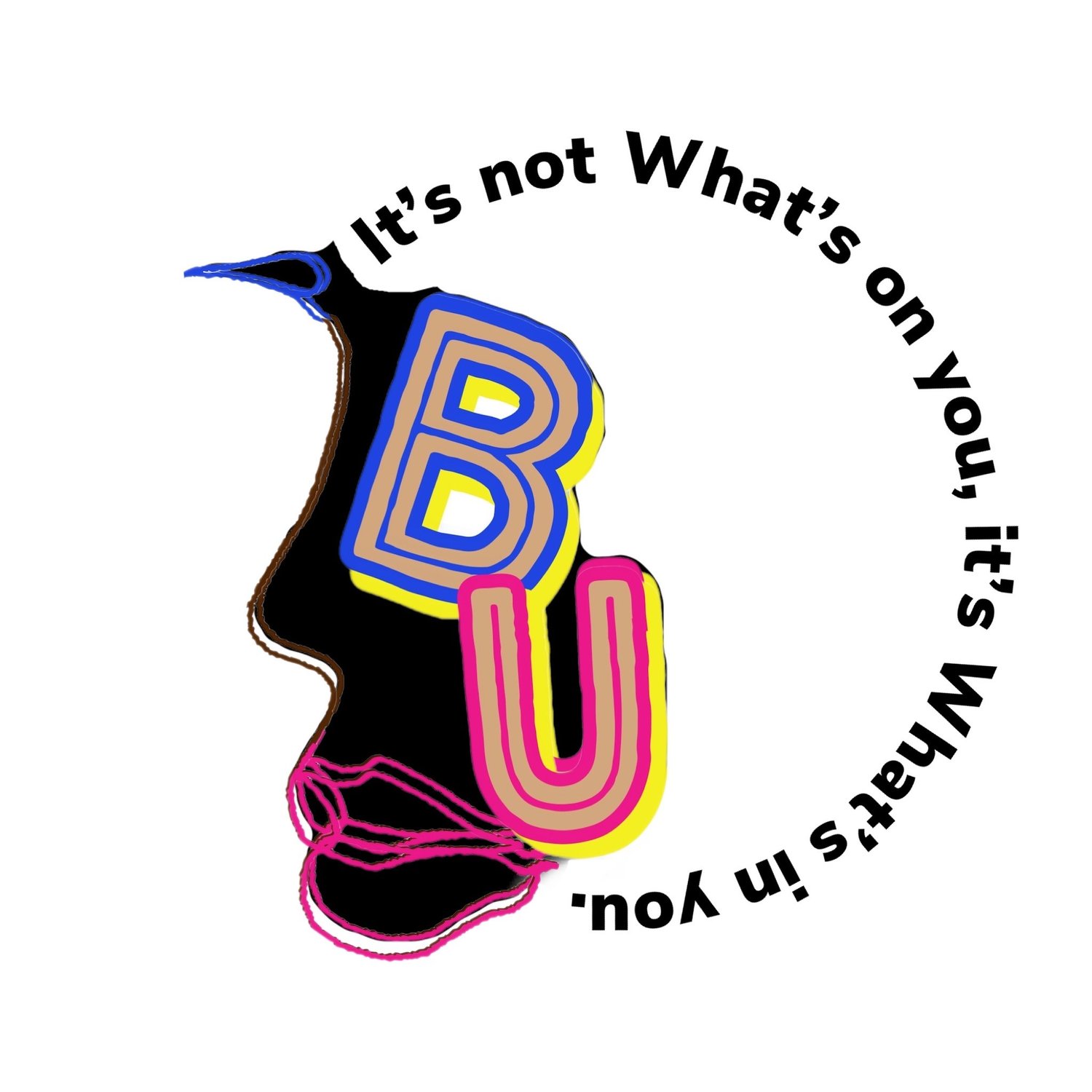
Growing Up Is Better With Friends!
~ Girlfirend’s~
Lady Academy

Focusing on teaching and introducing basic life-skills, the importance and value of having self-esteem, confidence, and respect. These are important qualities for young women to develop early on, as they will benefit them throughout their lives.
Our girls mentoring program, Boss Up and Lady Academy, is our best initiative. It is important to provide young adult ladies with personal development classes and enrichment workshops, as well as guidance through mentoring, health and wellness workshops, career and advanced education leads, volunteer projects, and positive community outreach.
OUR GOALS
Our program is to provide a comprehensive approach to personal development for young adult ladies, and the 12 weeks BOSS UP honorary program is a great way to recognize and celebrate the accomplishments of those who complete the 6 weeks lady academy training.
We believe that by completing the training, youth will be equipped with the skills and knowledge necessary to achieve their dreams and transform their life. As a recognition of their hard work, youth will be inducted into the 12 weeks BOSS UP honorary mentor program.
Overall, our program is to provide a comprehensive approach to personal development for young adult ladies, and the 12 weeks BOSS UP honorary program is a great way to recognize and celebrate the accomplishments of those who complete the 6 weeks lady academy training.
We are committed to supporting youth throughout their journey and look forward to working with them to achieve their goals..
-
Black youth are also less likely to receive care in diverse sectors, such as school-based services and child welfare (Lyon et al., 2013; Locke et al., 2017)
-
Youth Suicide Demographics and Epidemiology NICHD analyzed death data for children aged 10 to 17, between 1999 to 2018, and found that suicide rates for non-Hispanic Black children increased by 87% while the suicide rates of death by for all children increased by 76%
-
African American Children and Suicide.
—The Committee is concerned that the suicide rate among children aged 10 to 17 increased by 70 percent between 2006 and 2016. The Committee is also concerned that African American children aged 5 to 12 are dying by suicide at nearly twice the rate of their white counterparts
-
Alternative SEM models indicate that exposure to individual and vicarious social media racial discrimination increased depressive symptoms and drug use problems among youth of color.
-
Black teen girls use social media to figure out different qualities of the people they are interested in dating. They are also on the lookout for racist, homophobic, and transphobic attitudes, and strategically look through shared memes for this sort of content.
-
Black teen girls navigate social media being aware of gendered racism, which they are victims of, while also being aware that they are seen as less desirable than their White teen counterparts.
-
CDC developed a suicide prevention technical package that aims to identify community strategies to strengthen economic supports; strengthen access and delivery of suicide care; create protective environments; promote connectedness; teach coping and problem-solving skills; identify and support people at risk; and lessen harms and prevent future risk
-
Black girls receive a diagnosis of a sexually transmitted infection (STI) at twice the rate of White girls, the researchers note, and having an STI means someone is five times more likely to get an HIV diagnosis.
DEPRESSION AND SUICIDE Among Black Youth
Our strategies to mitigate the effects of social media, racial discrimination, bullying, depression and suicide with our black youth, is to provide programs that support our black adolescents’ social engagement, mental health, give children something productive to do and feel good while doing it. Building self-esteem, confidence, resources, enhancing or learning new skills, and exposure to new things, is what BU NFP strive for.
Supporting this National Strategy (NSSP; HHS 2012), We aim to identify community strategies to strengthen economic supports; strengthen access and delivery of suicide care; create protective environments; promote connectedness; teach coping and problem-solving skills; identify and support people at risk; and lessen harms and prevent future risk.













